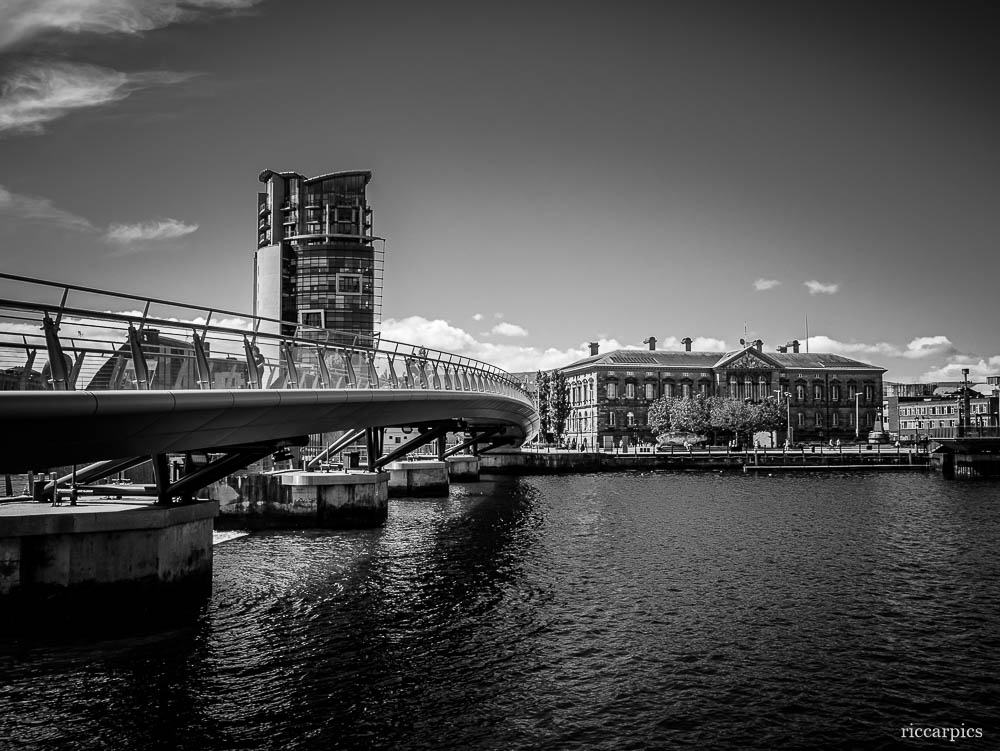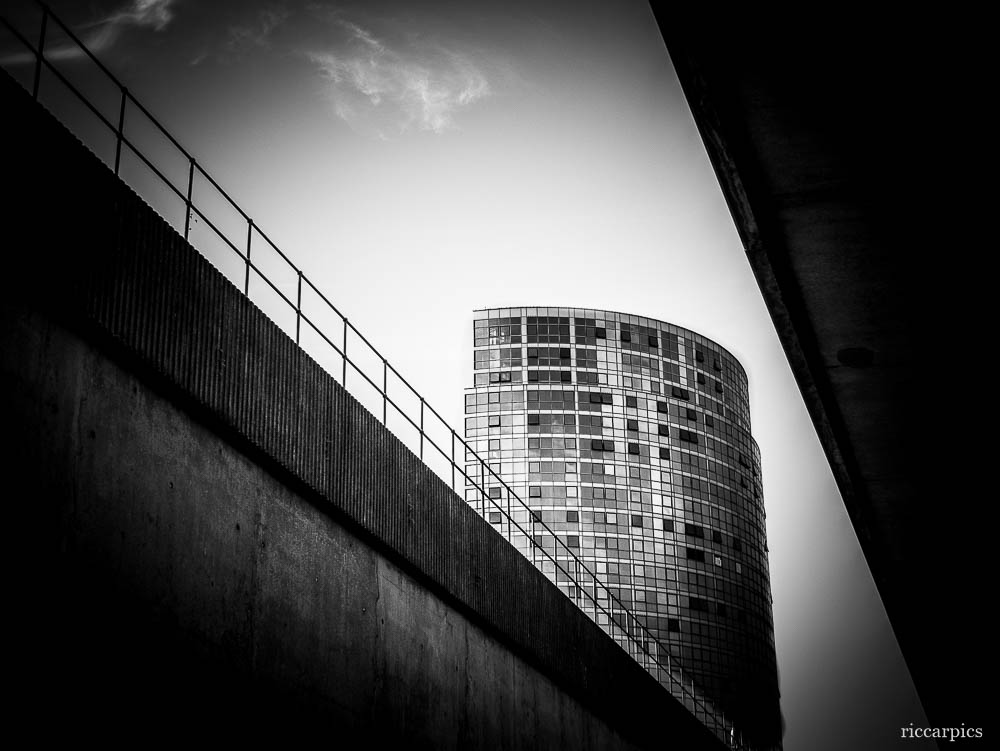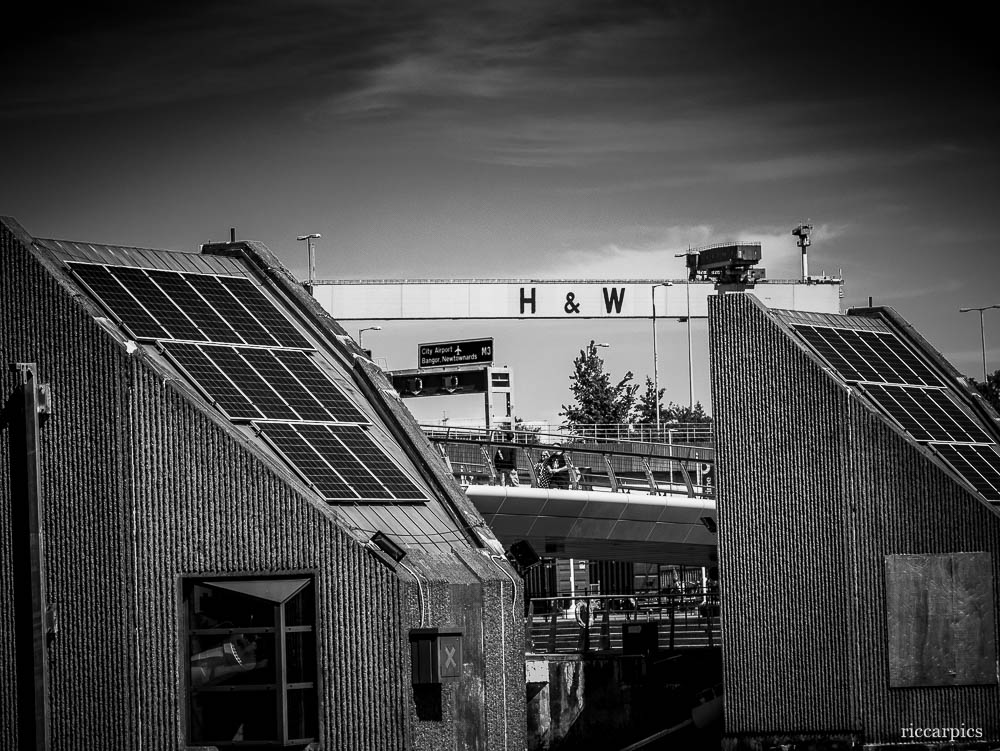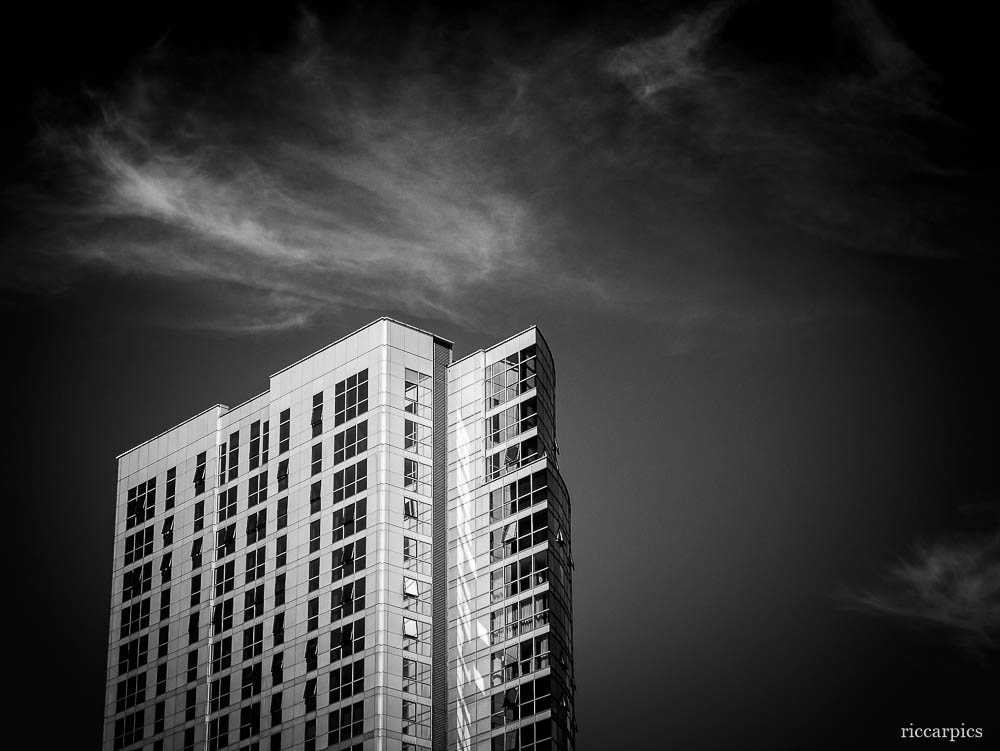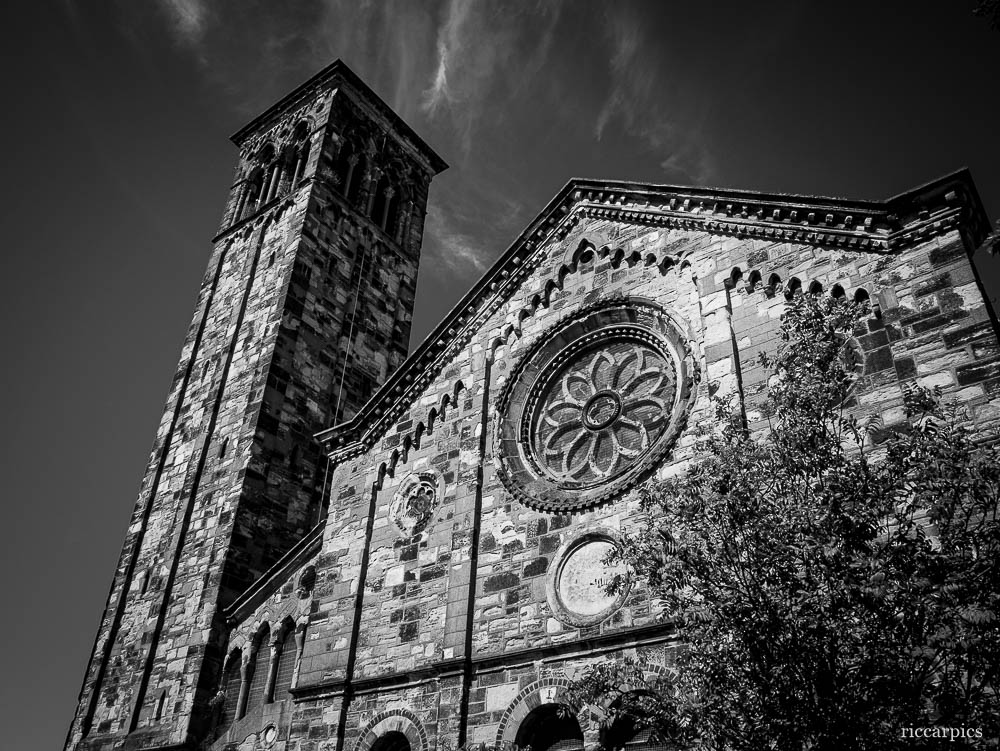With mostly shooting images for stock its rejuvenating to take some time and produce photographs to be printed and displayed on a wall.
I sell prints on Fine Art America and its a different type of work than I would send to a picture library.
Most of the work I send off for stock is destined for the editorial market. Editorial images can’t be altered so other than adjusting the levels, straightening the horizon if needed and some cropping they’re as is. Selling photographs to hang on walls is very different. You have the freedom to change things, even if I don’t avail of it as much as I probably should. People and objects can be added or removed, the sky can be changed, sometimes the final image owes little to the original photograph. Even with this freedom I’m reluctant to change much in a photograph. I’ll remove telegraph poles and the like that jar with the composition and even doing this can leave me with vague feelings of unease. I envy those who can produce images that come from their imagination as much as from their camera, but I’m too used to dealing with editorial images to start adding fake moons and alien skies to photographs.
These images are from an afternoon walking around aimlessly, mainly in the area of The Big Fish and Clarendon Dock. Other than removing the odd telegraph pole or light and processing them in black and white the scenes are pretty much as I saw them.
